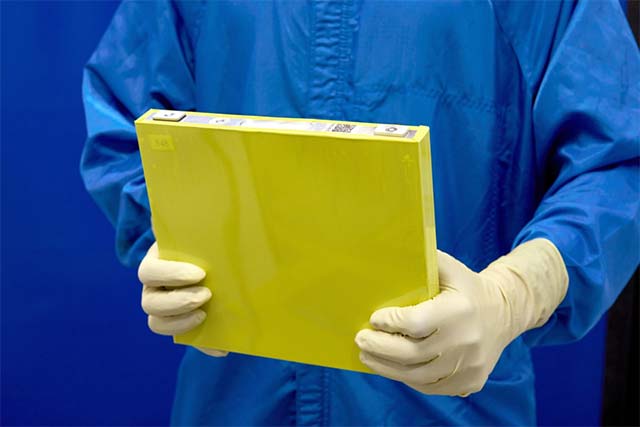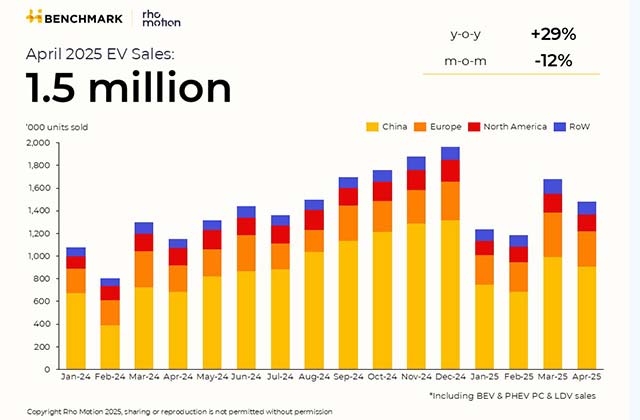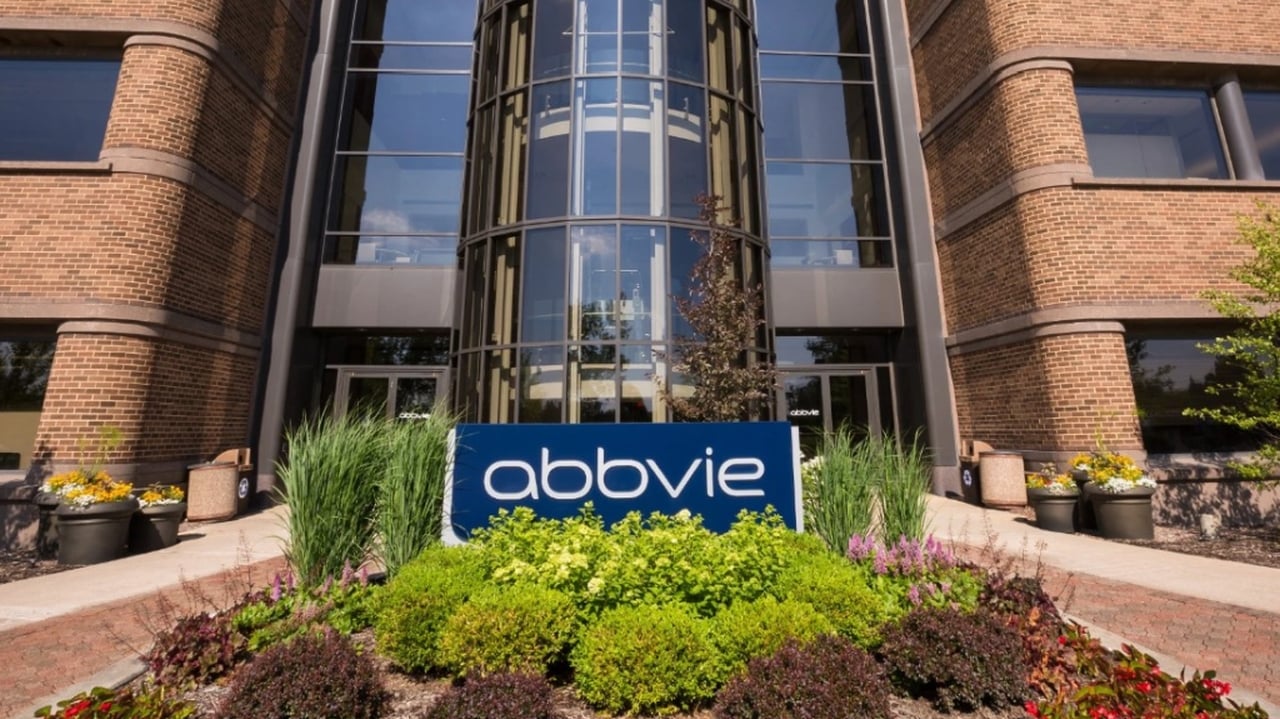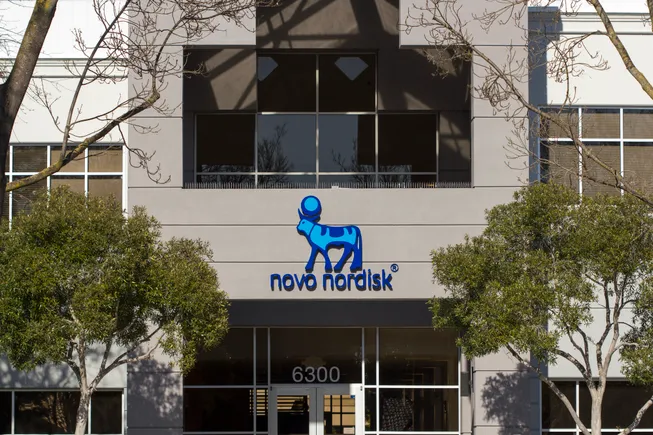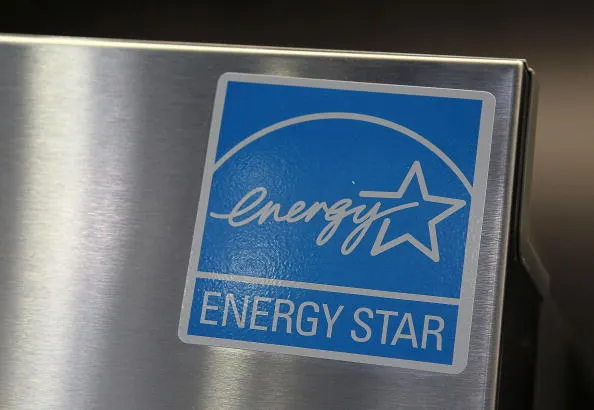A Nanoplatform Targeting Cascade Pathways for Enhanced Triptolide Delivery in Acute Kidney Injury Therapy
Advanced Healthcare Materials, EarlyView.

TL-N@TP, a renal-specific nanotherapeutic system engineered with TPP- and LZM-functionalized PEG-PLGA copolymers, exhibited therapeutic efficacy through a tripartite targeting mechanism comprising glomerular filtration, renal tubular specificity, and mitochondrial localization. In AKI mice, the nanoplatform ameliorated renal dysfunction by restoring mitochondrial structure and function while attenuating oxidative stress and inflammation, underscoring its potential for targeted renal therapy.
Abstract
Triptolide (TP), the main active compound in Tripterygium wilfordii Hook F, has anti-inflammatory and antioxidant properties, making it a potential treatment option for acute kidney injury (AKI). However, the application of TP faces challenges due to its poor water solubility, low renal accumulation, and potential tissue toxicity. To overcome these limitations, TL-N@TP is engineered as a cascade-targeted nanotherapeutic system integrating triphenylphosphonium (TPP)- and lysozyme (LZM)-functionalized PEG-PLGA copolymers for renal-specific TP delivery. The effectiveness of TL-N@TP is highlighted through a tripartite targeting mechanism, involving glomerular filtration, renal tubule specificity, and mitochondrial localization. The nanoplatform is able to target damaged kidneys and localize in the renal tubular cells in AKI mice induced by lipopolysaccharide. Upon uptake by injury HK-2 cells, the nanoplatform showed antioxidant, anti-inflammatory, and antiapoptotic effects. The nanoplatform in AKI mice effectively improved renal function by facilitating the restoration of mitochondrial structure and function, concomitant with reducing oxidative stress and inflammation. These findings establish TL-N@TP as a promising nanotherapeutic strategy for AKI management.


























